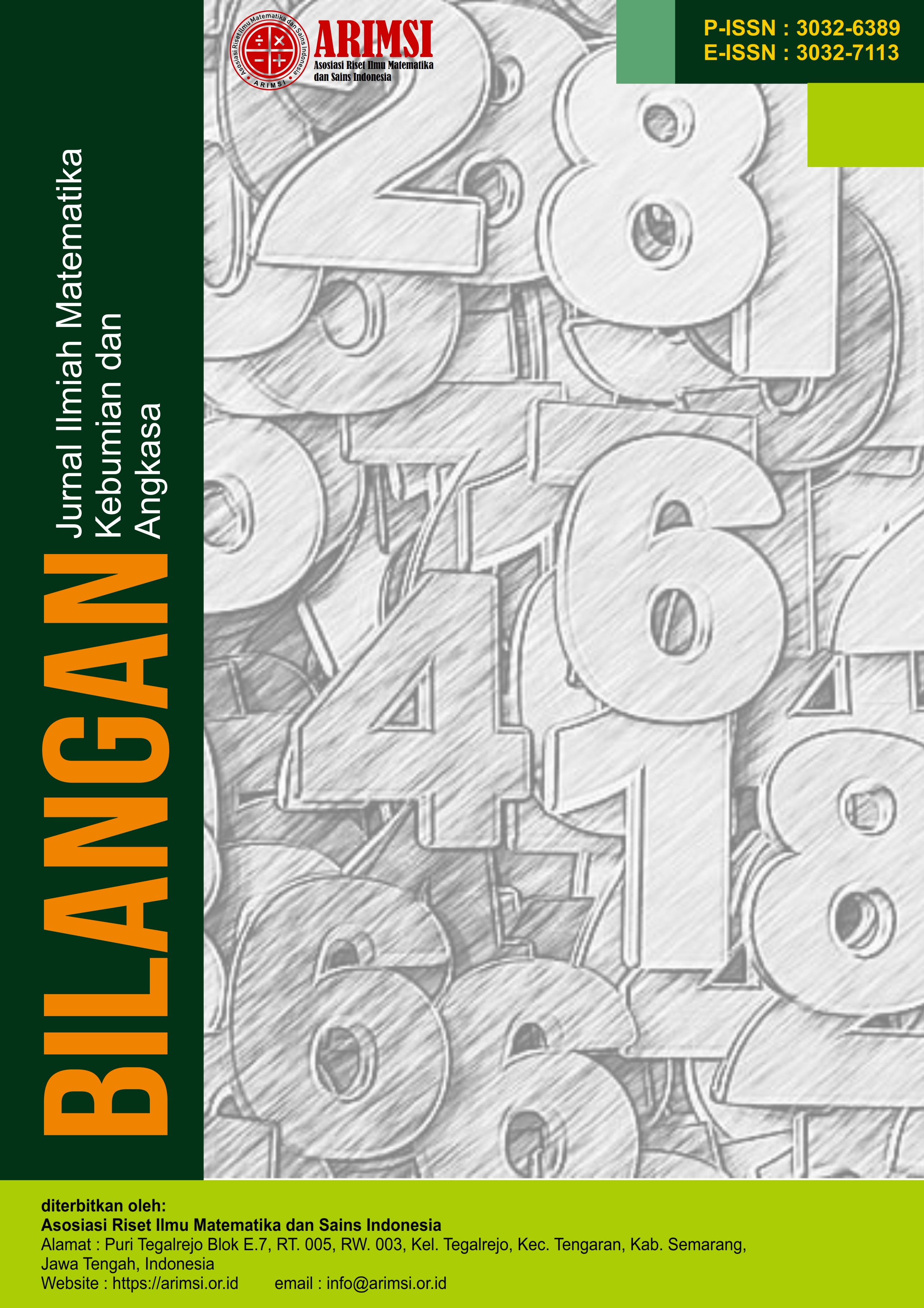Penerapan Metode Principal Component Analysis (Studi Kasus: Tingkat Kemiskinan di Kepulauan Maluku)
DOI:
https://doi.org/10.62383/bilangan.v3i2.479Keywords:
Principal Component Analysis, factor analysis, poverty, Maluku islandsAbstract
The Maluku Islands are a high-poverty region in Indonesia. The region consists of 2 provinces, namely Maluku province and North Maluku province. There are 21 districts/cities in the region, with 17 regencies and 4 municipalities. The poverty rate in this region is a challenge that always wants to be studied with a socio-population approach and a mathematical statistics approach. One method or approach in analyzing poverty is Principal Component Analysis (PCA). PCA has the advantage of simplifying information from various variables to several principal components without losing much information and can overcome the problem of multiple linearity by changing variables that correlate with freely related components. The purpose of this research is to identify poverty in districts/municipalities in Maluku Islands using the PCA approach. The results showed that the components formed by the PCA method were formed in 2 factors. Factor 1 consists of GRDP (X2), Life Expectancy Rate (X3), Unemployment Rate (X4) and Percentage of Population (X6). Meanwhile, factor 2 consists of 2 variables, namely the Poverty Level (X1) and TPAK (X5).
Downloads
References
Abdi, H., & Williams, L. J. (2010). Principal component analysis. Wiley Interdisciplinary Reviews: Computational Statistics, 2(4), 433–459. https://doi.org/10.1002/wics.101
Bank Dunia. (2021). World Bank poverty and equity data. https://www.worldbank.org/en/topic/poverty
Fieler, A. C., & Pritchett, L. (2001). The role of geography in explaining world poverty: Geography and poverty. World Bank Economic Review, 15(2), 229–242. https://doi.org/10.1093/wber/15.2.229
Jolliffe, I. T. (2002). Principal component analysis (2nd ed.). Springer.
Jolliffe, I. T., & Cadima, J. (2016). Principal component analysis: A review and recent developments. Philosophical Transactions of the Royal Society A: Mathematical, Physical and Engineering Sciences, 374(2065), 20150202. https://doi.org/10.1098/rsta.2015.0202
Shrens, J. (2014). Visualization techniques for big data analysis. Springer.
Todaro, M. P., & Smith, S. C. (2020). Economic development (13th ed.). Pearson Education.
Wold, S., Ruhe, A., Wold, H., & Dunn, I. (1987). The collinearity problem in linear regression: The partial least squares (PLS) approach to generalized inverse. Siam Journal on Scientific and Statistical Computing, 6(3), 735–743. https://doi.org/10.1137/0906049.
Downloads
Published
How to Cite
Issue
Section
License
Copyright (c) 2025 Bilangan : Jurnal Ilmiah Matematika, Kebumian dan Angkasa

This work is licensed under a Creative Commons Attribution-ShareAlike 4.0 International License.





